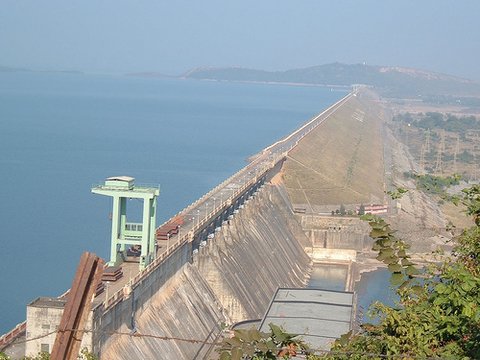Sambalpur: Monsoon seems to be getting delayed in Odisha this year. Usually rains start in the state in the second week of June. This year monsoon is yet to arrive although the second week of June is almost over.
Adding to the woes of farmers, the India Meteorological Department (IMD) has not accurately forecast the monsoon’s arrival. The IMD bulletin says, “It may rain 22 per cent less this year compared to last year.”
Farmers here fear that the district is headed for a drought. Sambalpur did not get any rain during cyclone Fani or in the summer this year.
In non-irrigated areas if rainfall is scarce farmers prepare fields for cultivation by dry ploughing and sow paddy and pulses. Agricultural activities have not yet started this year here due to lack of rain.
Akshaya Tritiya is considered an auspicious day for initiating cultivation. The farmers of Sambalpur district are awaiting rain for one-and-a-half months to start agricultural activities.
Usually, in non-irrigated lands farmers cultivate hybrid varieties of paddy if there is timely rain and they get a good harvest.
As there is no rain in the district, farmers will be compelled to cultivate paddy varieties that can be harvested within a short span. But such varieties give very low yields.
Due to absence of rain, water bodies have dried up and there is no cultivation now even in irrigated areas. River waters have not been released into irrigation canals and that is delaying agricultural activities.
There is a fear that if the situation persists it may not be possible to produce the targeted quantity of paddy this year. According to a report of the agriculture department paddy is cultivated in 1,93,735 hectares along with other crops, maize in 4,000 hectares, pulses in 35,000 hectares and vegetables in 26,000 hectares.
Paddy is cultivated in about 14,450 hectares in Dhanakauda, 15,050 hectares in Maneswar, 14,505 hectares in Jujumara, 12,055 hectares in Rengali, 9,560 hectares in Rairakhol, 7,030 hectares in Naktideula, 12,050 hectares in Kuchinda, 10,550 hectares in Jamankira and 12,050 hectares in Bamra (1,07,300 hectares in total) in Sambalpur district.
Most agricultural fields in the district are barren now. A drought might hit Sambalpur district if it doesn’t rain within a week.







































